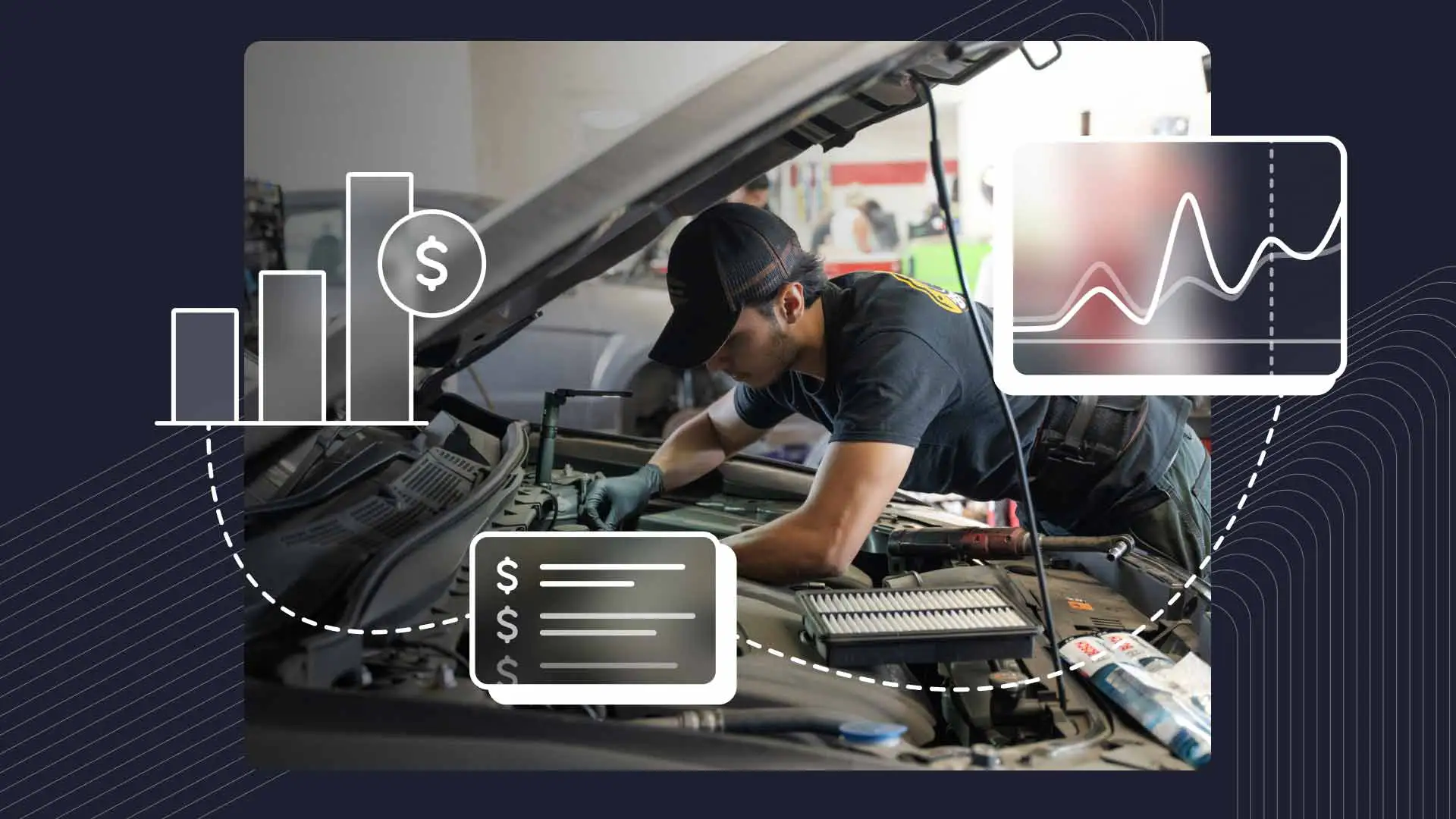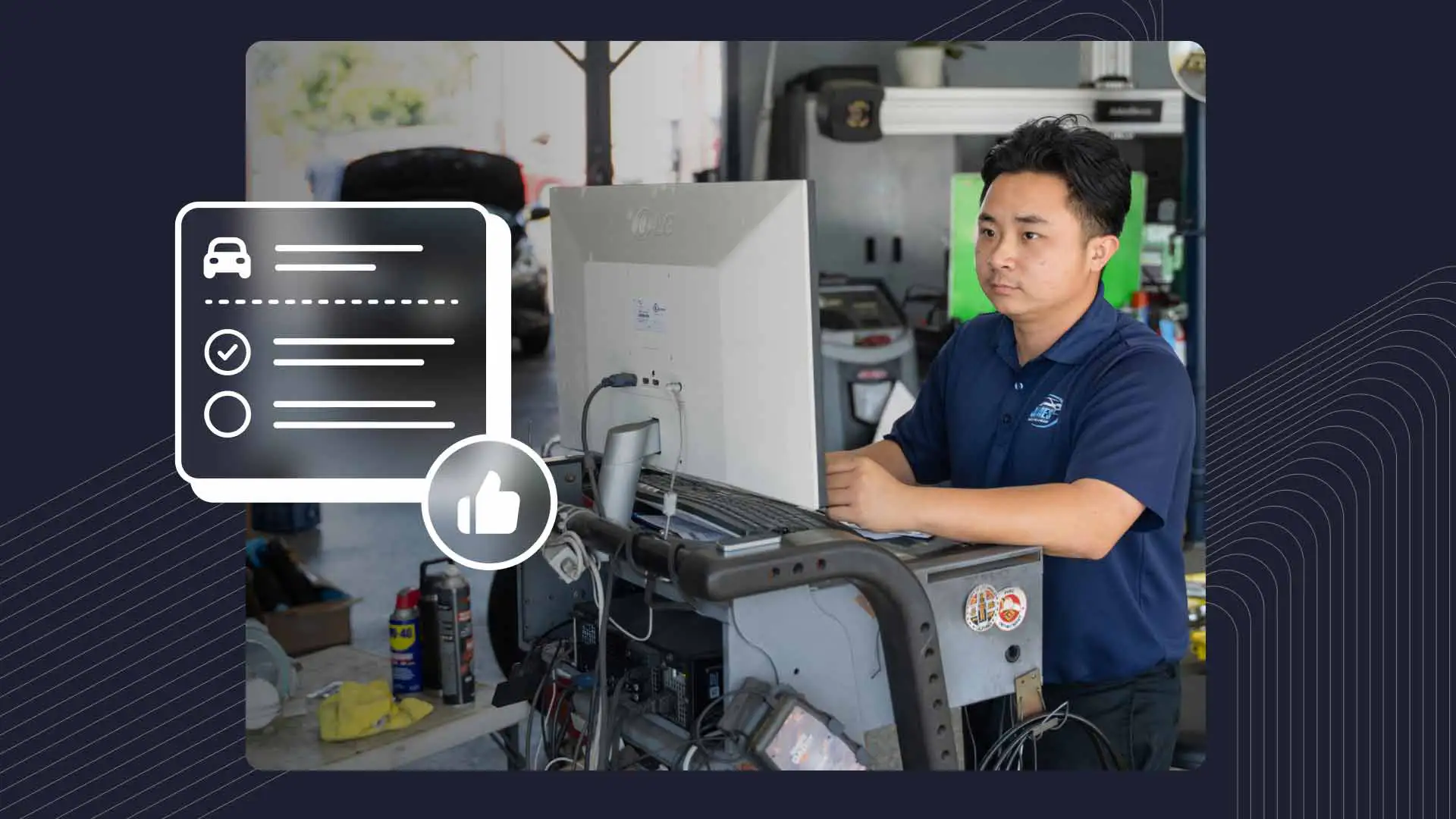Semi-trucks are everywhere on the roads today. These massive vehicles transport goods all over the world and play a vital role in the global economy. Although people see semi trucks all the time, most of them have no idea how or when these vehicles were first made, how long is a semi-truck, and what are the different types of semi-trucks.
This blog will clarify all this information and more. It will also explain why it’s a good (and profitable) idea to get into the semi-truck repair business. By detailing exactly what these vehicles do and how necessary they are for different industries, this post will explain how valuable semi-trucks are to today’s transportation network.
What Is A Semi-Truck?
Semi-trucks are large, motorized trucks that usually have 18 wheels: four wheels on each of 4 axels, and the steering axel which as two wheels. There are many different types of trucks, which are categorized according to the truck classification system. Semi-trucks are comprised of several different parts that help them transport large packages for lengthy distances, like between states or different sides of the country. Some of the different parts a semi-truck is made up of include:
The tractor unit: The tractor unit is the front part of the semi-truck. It contains the cab, engine, and transmission.
The semi-trailer: The semi-trailer is the back part of the semi-truck. It carries the load.
The fifth wheel: The fifth wheel is a coupling device, like a large swivel, that connects the tractor unit to the semi-trailer. The fifth wheel enables the semi-trailer to pivot and turn as the truck maneuvers.
The landing gear: The landing gear is a set of legs that supports the semi-trailer when it isn’t connected to the tractor unit.
The History of Semi-Trucks
The history of semi-trucks dates back to the late 19th century. In 1898, a Scottish-American engineer named Alexander Winton invented the first semi-truck. This vehicle was used to transport Winton’s company's cars and was a significant improvement over the horse-drawn wagons that were used at the time.
When they hear the name, many people wonder to themselves, “Why is it called a semi-truck?” The name semi-truck comes from the fact that these vehicles contain a semi-trailer that is only semi-attached to the tractor unit.
The first semi-trucks were powered by steam engines, but gasoline engines soon replaced them. Semi-trucks began to be used more widely for commercial transportation in the early 20th century. The invention of the internal combustion engine made semi-trucks more efficient, while the development of better roads made them safer to operate. By the 1920s, semi-trucks were a common sight on American highways.
Semi-trucks have continued to evolve over the years. In the 1950s, the introduction of air brakes made semi-trucks safer; the development of better tires increased their overall efficiency. In the 1970s they increased in fuel economy and became easier to operate with the introduction of electronic controls.
Semi-Trucks Today
Today, semi-trucks are an essential part of the global transportation network. They transport a wide variety of goods like food, clothing, furniture, and electronics. Semi-trucks are also used to deliver construction materials, hazardous materials, and military equipment. Each of these industries depends on these vehicles to transfer their goods and make them accessible to the general public, which is why heavy duty truck repair software is vital to helping shops keep them on the road.
In fact, semi-trucks are responsible for transporting about 70% of all goods in the United States. There are a couple of different characteristics of these vehicles that make them so useful for this task. For starters, the average semi-truck can carry up to 40 tons of cargo, which is less than that of a locomotive, but much more than conventional cars or trucks can transport.
Plus, once these vehicles get moving, they really get moving. The average semi-truck driver logs about 100,000 miles per year. More impressively, the fastest semi-truck in the world can reach speeds of up to 100 miles an hour (160 kilometers per hour).
Looking Back and Ahead
Semi-trucks have a long history of transporting heavy materials long distances. Many different industries need them to transport their goods, which retailers sell to the general public. Consequently, these vehicles play a vital role in the global transportation network and, by extension, the global economy. They’ll continue to do so for some time to come.




